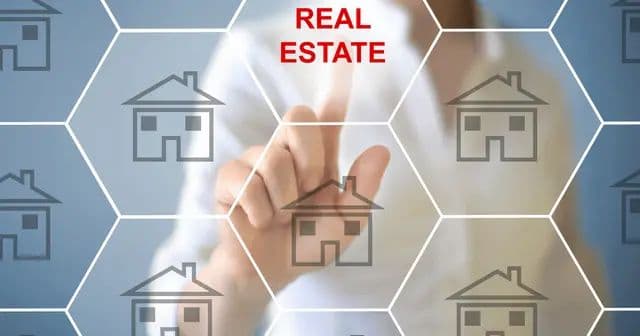Loading News Article...
We're loading the full news article for you. This includes the article content, images, author information, and related articles.
We're loading the full news article for you. This includes the article content, images, author information, and related articles.
From smart homes and co-working spaces to sustainable developments, the industry is embracing innovative solutions to meet modern demands.

Kenya’s real estate market is evolving rapidly, influenced by technology, urbanization, and shifting consumer preferences. From smart homes and co-working spaces to sustainable developments, the industry is embracing innovative solutions to meet modern demands. In this blog, we explore the emerging trends shaping the future of real estate in Kenya and provide insights into how these changes will impact investors, developers, and homebuyers.
What It Is: Properties integrated with technology for enhanced convenience, security, and energy efficiency.
Key Features: Smart locks, home automation systems, and energy-efficient appliances.
Why It Matters: As tech-savvy millennials enter the property market, demand for smart homes is rising in urban centers like Nairobi.
Future Outlook: Developers are likely to integrate smart features into affordable and high-end housing projects alike.
What It Is: Flexible workspaces and shared living arrangements catering to professionals and young renters.
Key Drivers: The rise of remote work and urban migration among young professionals.
Examples: Co-working hubs in Nairobi’s Westlands and Kilimani areas, such as Nairobi Garage and Workstyle Africa.
Future Outlook: Expect more mixed-use developments combining co-working, retail, and residential spaces to optimize land use and attract diverse tenants.
What It Is: Eco-friendly buildings designed to reduce environmental impact and lower utility costs.
Popular Features: Solar panels, rainwater harvesting systems, and energy-efficient materials.
Why It Matters: Increasing environmental awareness and cost savings are making sustainable properties a top choice for buyers.
Future Outlook: Regulations may soon mandate green building practices, driving adoption across residential and commercial sectors.
What It Is: Projects that combine residential, commercial, and leisure spaces in one location.
Examples: Two Rivers Mall and Tatu City.
Why It Matters: These developments cater to a growing demand for convenience, reducing commute times and improving quality of life.
Future Outlook: More investors will prioritize such projects, especially in urban areas.
What It Is: Government and private sector efforts to bridge Kenya’s housing deficit.
Current Initiatives: The Affordable Housing Programme under the Big Four Agenda.
Future Outlook: New financing models like rent-to-own schemes will make homeownership accessible to a broader demographic.
What It Is: Digital platforms for property search, transactions, and management.
Examples: Online listing platforms like BuyRentKenya and Jumia House.
Future Outlook: Blockchain technology may play a role in secure transactions and transparent title deed management.
Increased Urbanization:
Cities like Nairobi, Mombasa, and Kisumu will continue to attract investments in residential, commercial, and mixed-use developments.
Rise of Secondary Cities:
Emerging towns like Nakuru, Eldoret, and Naivasha will see a surge in demand due to infrastructure projects like the Standard Gauge Railway (SGR).
Adoption of Sustainable Practices:
Green certifications and eco-friendly features will become standard in new developments.
Flexible Living Solutions:
Co-living and short-term rentals will dominate the market as younger generations prioritize flexibility.
Focus on Infrastructure:
Developments near infrastructural projects, such as the Nairobi Expressway and Konza Technopolis, will see higher demand and faster value appreciation.
Keep the conversation in one place—threads here stay linked to the story and in the forums.
Other hot threads
E-sports and Gaming Community in Kenya
Active 6 months ago
Popular Recreational Activities Across Counties
Active 6 months ago
Investing in Youth Sports Development Programs
Active 6 months ago
The Role of Technology in Modern Agriculture (AgriTech)
Active 6 months ago